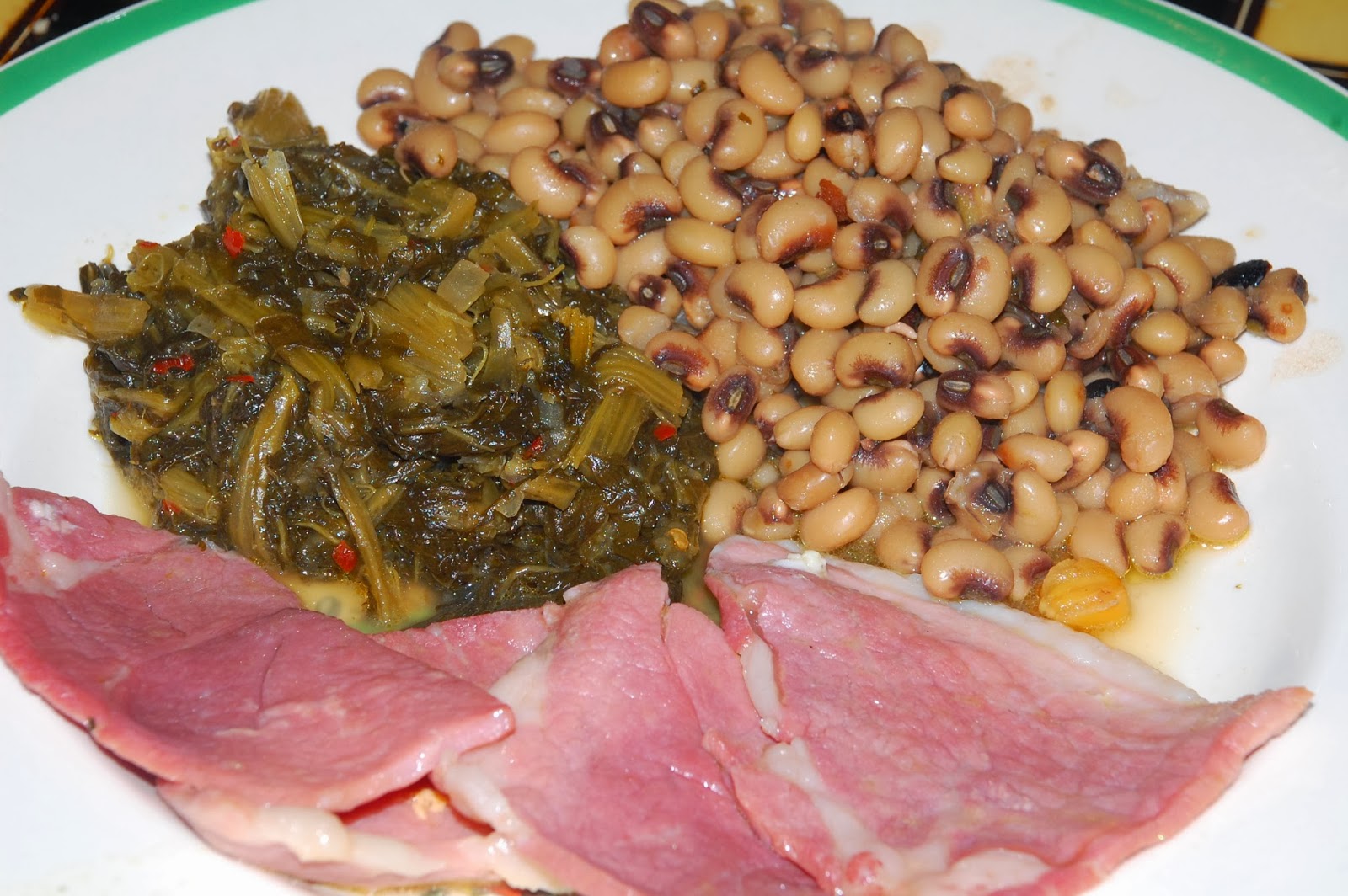The weekend before Christmas brought a great treat: a
beautiful piece of #1 sushi grade tuna. It was stunning – a luminous consistent
color and no hint of blood line.The challenge is to make up your mind. Fresh tuna won’t be
fresh for long. Simply decide and get about it.
Hold on. It’s not exactly that simple. The choices are many
and quite varied. Sure there’s sashimi and tartar. I’d done those recently. This
time I wanted seared tuna with a tender rare interior.
Ah ha! Let’s try sous vide I thought. It seemed like the
perfect technique to use. So armed with the Anova immersion circulator I wrote
about recently, I set out to create a couple of dishes that were Christmas
season worthy.
OK, I had a fine ingredient – in fact a pristine one. Like
on one of those TV shows – give me the finest of stuff and how can I go wrong?
Get out of the way and the outcome ought to be good.
The sous vide concept – cooked at a consistent temperature
that is the same as the service one – seemed like a good approach. In other
words cook it how you want to eat it. More to come on this method soon.
After some careful consideration, I decided that 110 degrees
was the proper temperature for the interior of the tuna. It would be perfectly
rare but warm. It would also allow me to sear the outside for a very brief time
so the possibility of a too thick sear line or overcooking would be extremely
limited. Seemed like an ideal solution.
The first thing I did was cut the tuna into two pieces. I
planned to make one that day and the other the next. The result was a two-inch
thick cut – basically a rectangle.
Cutting fish – and other things for that matter – is very
important. It is critical to the best sashimi and sushi. The knife skills of a
sushi chef are paramount – as important as the quality of the ingredients.
Where and how to cut is quite significant. Cut tuna incorrectly and it may sort
of unfold or at least have tough sinews for the diner to deal with. When served
rare, the problem is magnified.
For my first dish I wanted a simple, un-sauced execution.
With true sous vide – actually using a vacuum cooking bag – seasoning is
intensified.
Out came my mortar and pestle. Mine is wooden and not as
efficient as a stone version. Since I’ve had it for 40 years, I understand its
limitations. I crushed fennel seeds, coriander seeds and white peppercorns into
a coarse powder and then added Kosher salt.
Both sides were sprinkled with seasoning before being sealed
is bag. The tuna was cooked for 15 minutes at 110 degrees in a circulating
water bath. After cooking, the bag was opened, the tuna seasoned again and then
seared for just 30 seconds on each side. This warmed the surface and gave it a
pleasing appearance.
The tuna was cut into four slices for service. Two slices
were placed on each plate and accompanied by carrots braised in tarragon butter
and sliced blood orange.
The tuna was perfect – at least for me. It had a pretty,
thin opaque ring and a rich red interior. Because of the sous vide process, the
interior was warm and rare at the same time. There was also little danger of
overcooking. Best of all, the flavor was outstanding. So was the texture.
Sous vide proved to be just the right choice.






